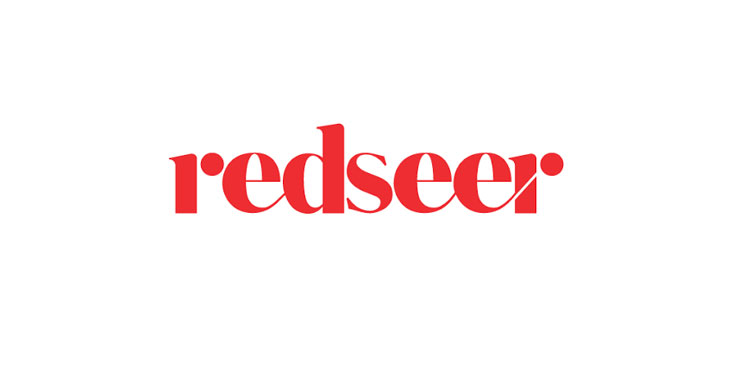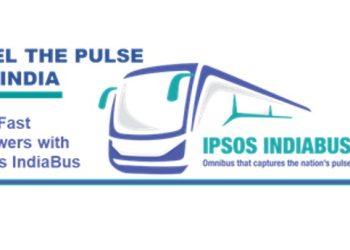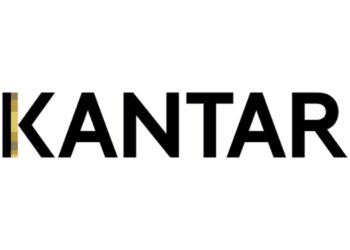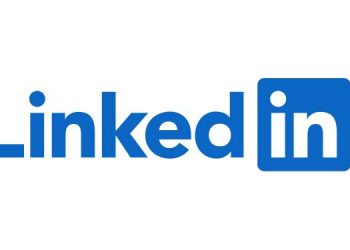According to a recent report released by homegrown consultancy firm, Redseer, Insurance penetration in India is poised to grow rapidly driven by growing middle class and increasing digital penetration which will result in the insurance market reaching a size close to USD 222 bn by FY26. New online distribution models such as B2C, B2B and B2B2C are key drivers of growth, with B2C in particular gaining significant opportunities.
The report sheds light on the B2C model, which seems to have a significant advantage. Due to direct customer interaction, the claims risk in this model is much lower than the other two models. The persistence rate too is higher due to better customer awareness. In most cases, through the B2C model, the end-to-end customer journey is covered seamlessly. Some of the B2C models’ offerings include end-to-end digital experience through technological applications, app-based claims assistance, proactive conversions using call centers, visibility to multiple quotes, and more.

Mrigank Gutgutia, Partner at Redseer, said “It is interesting to note that B2C brokers have significantly higher contribution margins than B2B2C brokers, while B2B2C scales faster through uberization of agents, it also has relatively poor unit economics (largely owing to high agent payouts). On the other hand, B2C brokers utilize online marketing and asset-light models to derive better margins. The experiences that these new age InsurTech models offer for customers are not merely digital, they’re delightful. Additionally, these new and rising models are not just making insurance great for customers…they are also empowering agents with the power of technology: no more chasing customers with messy paperwork; instead, they can handhold customers through the entire insurance experience from anywhere…digitally”.
The report deep dived into category-wise digital insurance penetration, and it was seen that with a Total Addressable Market (TAM) of 66.5 Bn USD, the life insurance category comprised close to three-fourths of the market, followed by motor insurance which has a TAM of 10 Bn USD and retail health insurance which has a TAM of 4.7 Bn USD, as of this year, FY22. Stringent motor regulations and a policy shift towards making India a digital economy has boosted motor digital insurance gross premiums in India. On the other hand, the rising cost of healthcare, Covid-19 pandemic and national campaigns on insurance policies has created more awareness and accelerated digital insurance adoption leading to a rise in retail health insurance.
The report concluded that digital insurance in the USA stands at 14% of the entire population, and 6% in China. In India, digital penetration in insurance stands at 2%, denoting significant headroom for growth in the years to come.

















